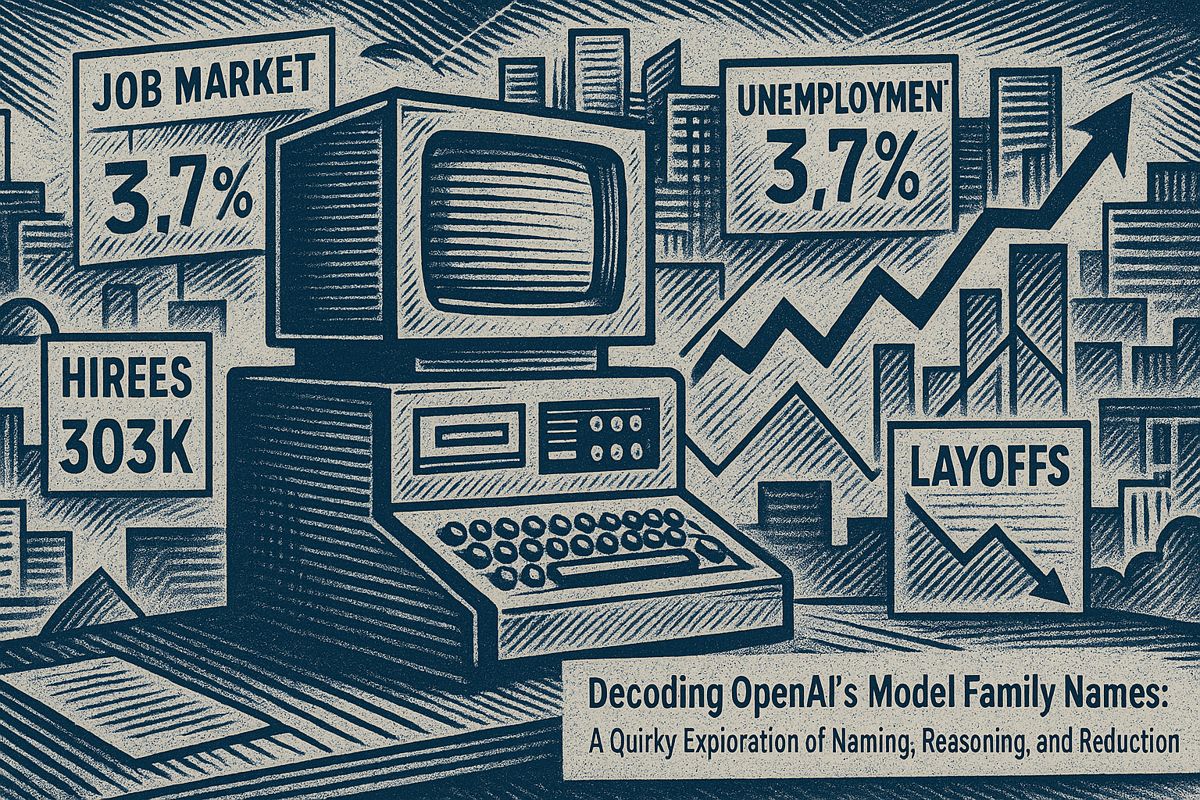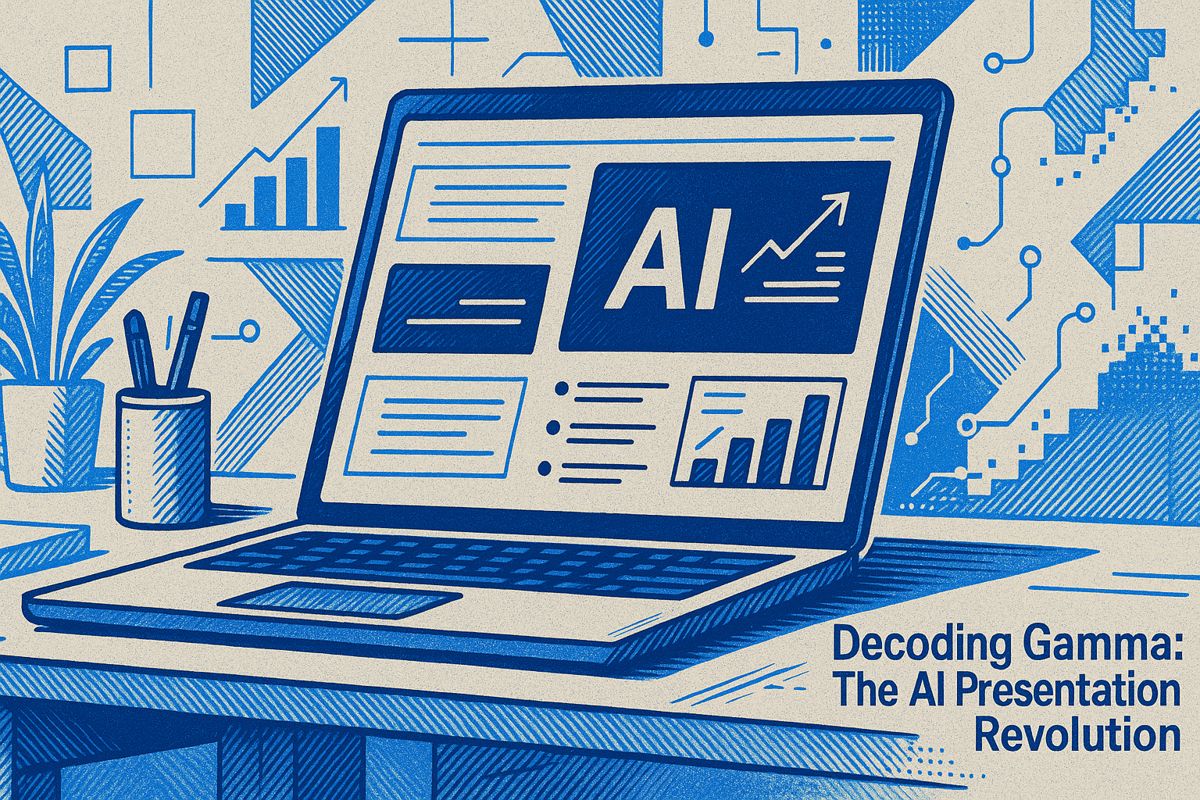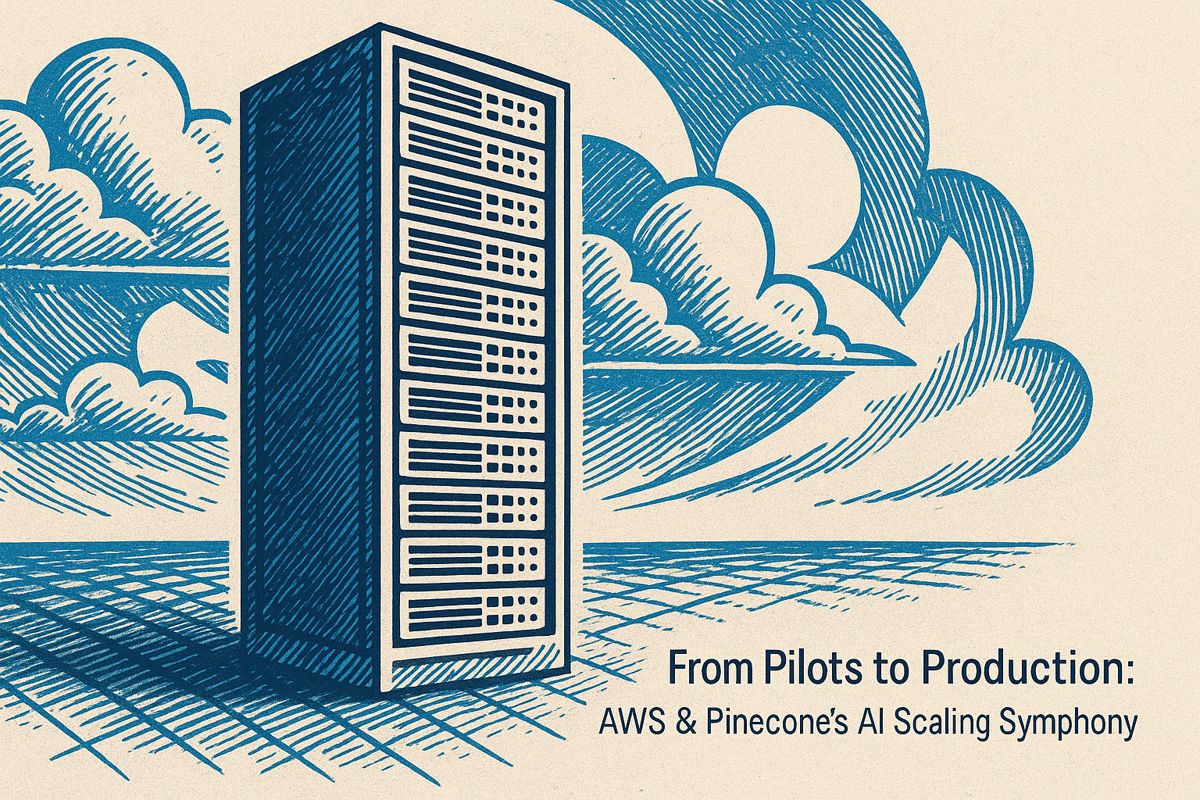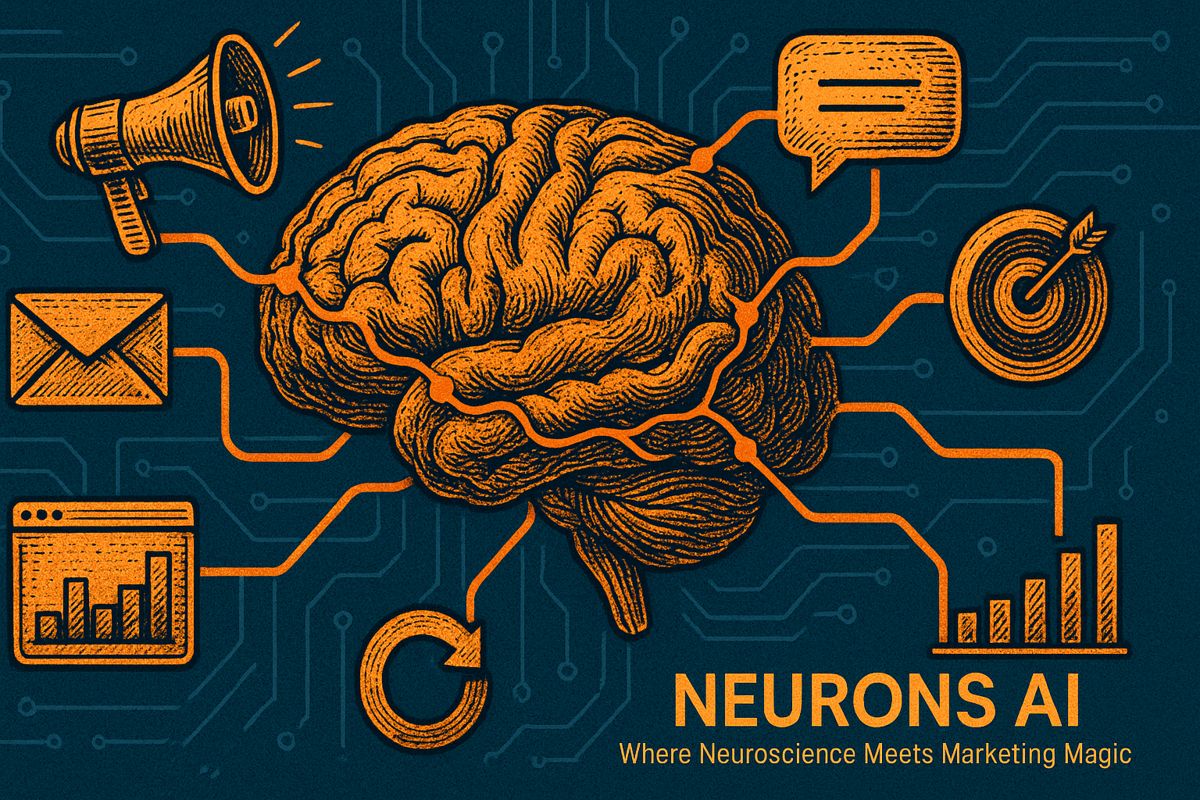Here’s the text with the most important phrase emphasized in markdown bold:
The World Economic Forum predicts a massive job market transformation, with 170 million new jobs emerging by 2030 while 92 million roles might disappear. Despite AI’s growing influence, human skills like emotional intelligence, creativity, and adaptability remain crucial for future success. The job landscape is rapidly changing, requiring workers to continuously learn and embrace new technologies across various sectors. While technology will reshape many jobs, human capabilities in complex problem-solving and interpersonal interactions will continue to be valuable. The key to surviving this shift is remaining flexible, learning new skills, and understanding that adaptation is not just necessary, but inevitable.
Will AI Replace Your Job in the Next 5 Years?
The World Economic Forum predicts 170 million new jobs by 2030, with 92 million roles potentially disappearing. While AI transforms work, human skills like emotional intelligence, creativity, and adaptability remain critical for future job market success.
An Old Fear, A New Twist
Numbers can be sly little things, can’t they? One minute you’re breezing through Giuliano Liguori’s blog, the next you’re grappling with the World Economic Forum’s (WEF) 2025 workforce predictions, wondering if you really understand the stakes. The facts themselves have a strange way of tunneling into memory. I, for one, found myself thrust back into that humid, fluorescent-lit Bangkok office, watching a colleague’s face pale as a shiny new CRM system dispatched half her duties into digital oblivion. No exaggeration – her grip on the desk could have left dents.
It wasn’t just the system that was intimidating. It was the silent question floating in the air: “So, what exactly do we do now?” Sometimes the future feels more like a riddle than a roadmap. Liguori’s analysis, echoing the WEF’s latest findings, sent a jolt of déjà vu my way, except now the conversation is stretched across continents and carried by the inexorable tide of generative AI.
The difference these days? The technology isn’t merely automating the mundane. It’s reshuffling the deck for everyone – whether you’re an earnest recruiter at ManpowerGroup or a software engineer resetting passwords for the third time before lunch.
Job Numbers: The Good, the Bad, and the Downright Weird
Here comes the hard data, vivid as a summer thunderclap. The WEF expects 170 million new jobs by 2030, springing up in sectors like green energy, logistics, and direct care. At the same time, 92 million roles—mainly clerical, administrative, and anything else with a whiff of routine—are predicted to vanish. That leaves a net gain of 78 million jobs, or roughly 7% over five years. Sounds promising, right? Until you picture 92 million people wrestling with reinvention. That’s not just a statistic; it’s an emotional landslide.
The hiring wishlist is mutating. Suddenly, “AI-driven data analysis,” “cybersecurity,” and “adaptability” are the new must-haves. The scent of change hangs in the air, electric and a little bit metallic, like the ozone before a storm. Meanwhile, jobs demanding empathy, nimble fingers, or creative troubleshooting—think nurses, social workers, or even industrial technicians—are forecast to grow. It’s the cerebral versus the sensorimotor, with humans still clinging to the advantage in the messy, unpredictable bits.
And here’s a kicker: McKinsey’s research revealed that 13% of employees use generative AI for over 30% of their work, but only 4% of executives know it. There’s a strange, almost comic disconnect – as if leaders are steering a ship without realizing there’s a secret engine room running below deck.
Skills and the Stubborn Myth of Safety
It’s tempting to believe there’s a safety zone—some digital fortress where only the chosen “techies” survive. If only. WEF data shows skills like digital literacy and data analysis are seeping into every crevice of the economy, from marketing and logistics to patient care. (Imagine a nurse parsing algorithm-generated patient risk scores. Strange, but go check the NHS’s latest pilot if you’re skeptical.)
Then there’s the shelf life of technical skills: five years, give or take, and then you’re back to the proverbial drawing board. I confess, I once resisted learning Python, convinced I could coast on my SQL knowledge. That lasted precisely until my third failed attempt at automating a report. The lesson? Stubbornness is no match for progress, though it does make for a few embarrassing stories.
Where does that leave us? If you’re feeling a cocktail of anxiety and anticipation, you’re not alone. I felt it too – a zinging mix of dread and excitement, like stepping onto an escalator that’s moving just a little too fast.
Human Skills, Corporate Blind Spots, and Slippery Futures
The real wildcard? Human skills. Emotional intelligence, resilience, creative thinking—they’re becoming rarer and more prized, like truffles in a digital forest. AI can crunch numbers, but it can’t (yet) resolve a messy office dispute or rewrite a business model from scratch. That’s our turf, for now.
As for companies, the smart ones are moving fast. Google, for example, has rolled out reskilling programs and internal mobility challenges, essentially gamifying adaptability. Still, that McKinsey perception gap lingers, comic and a bit tragic. Why do executives so often miss the undercurrents of change? Maybe they’re too busy “aligning priorities.” Or maybe, as I sometimes suspect, the rhythm of transformation is just too quick for quarterly meetings.
So, what’s the takeaway? Let the facts rattle around in your head. Don’t panic, but don’t get comfy either. If anything, the future feels a bit like quicksand—steady footing is temporary, but learning to move with purpose is your lifeline. I’ve watched people stumble, adapt, and come out the other side with entirely new careers; it’s rarely graceful, but it’s almost always worth it.
And that’s the truth, even if I’m still not sure I’ve conquered Python. Someday…



















